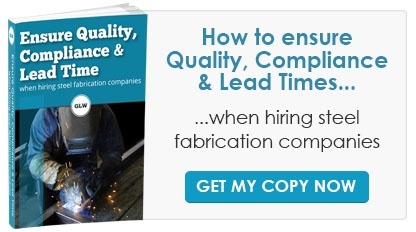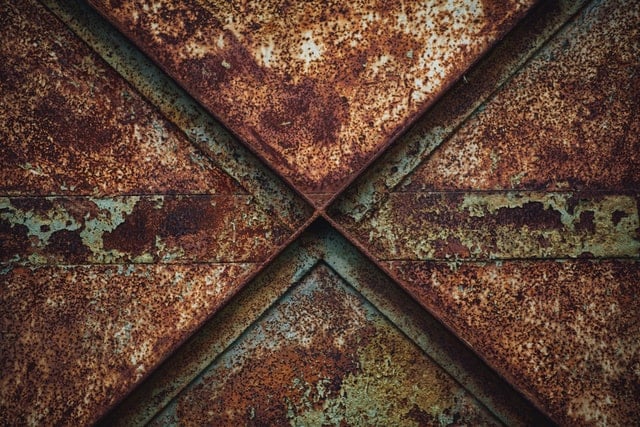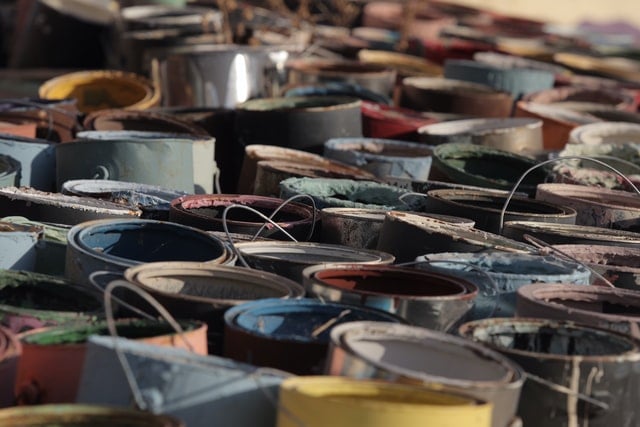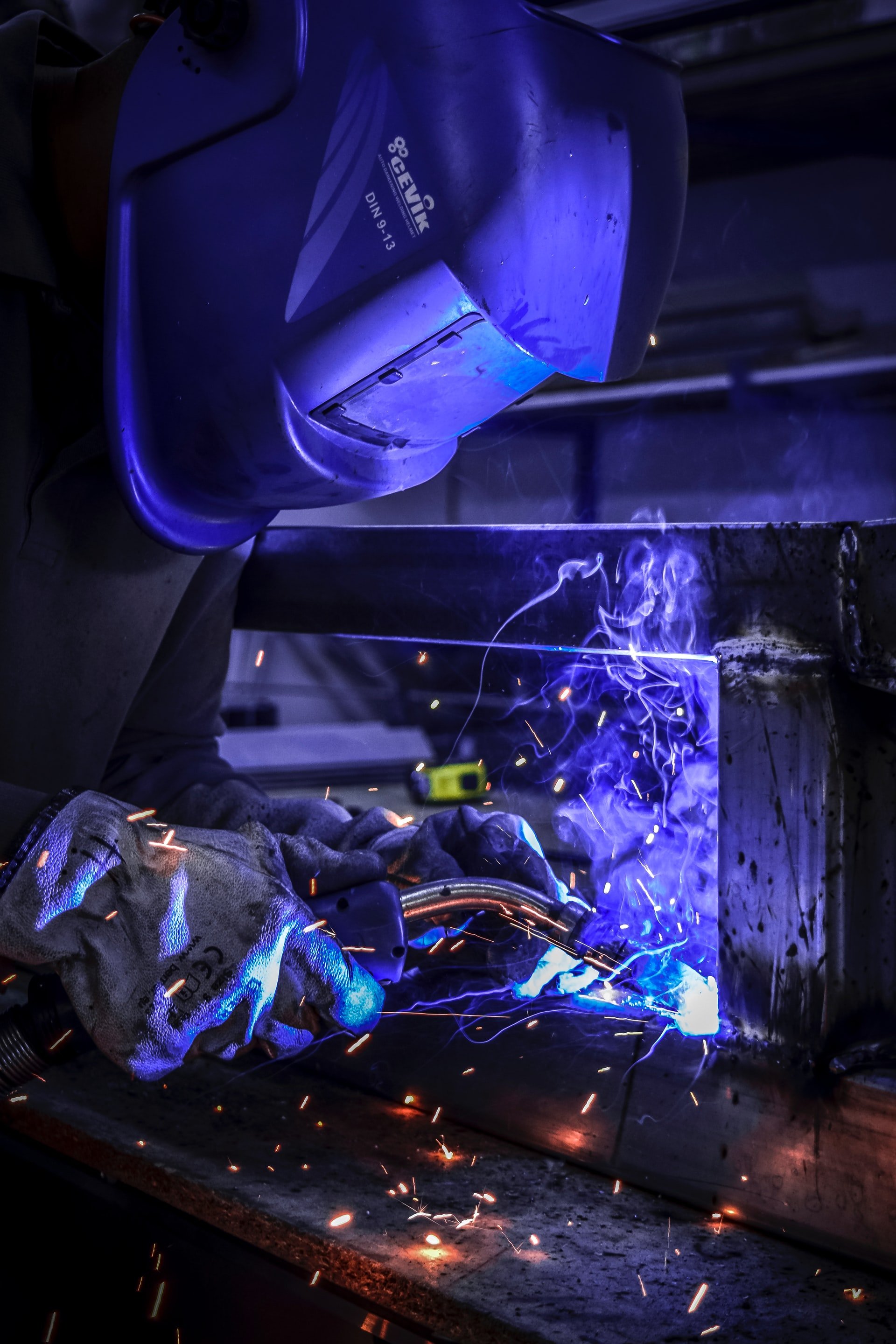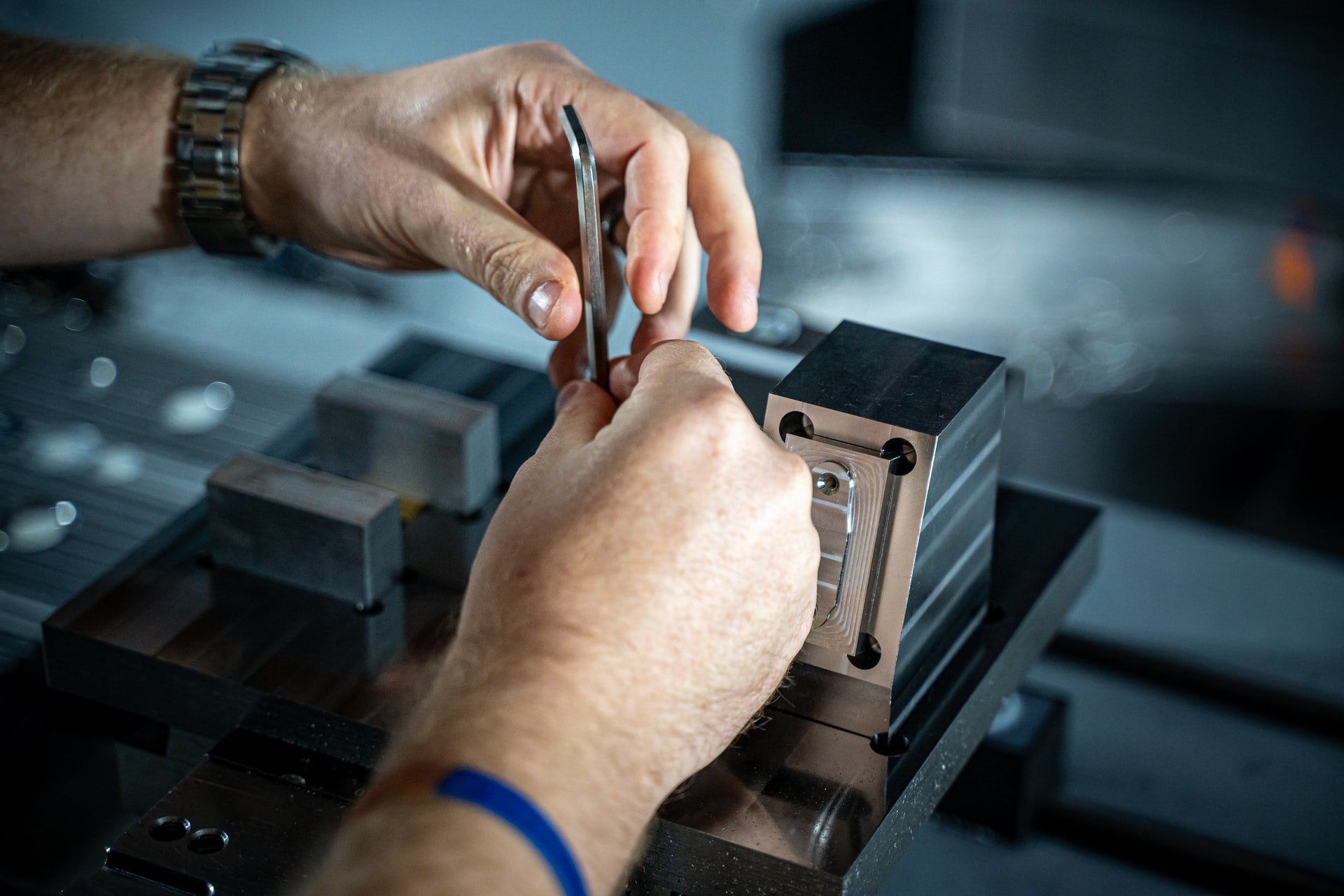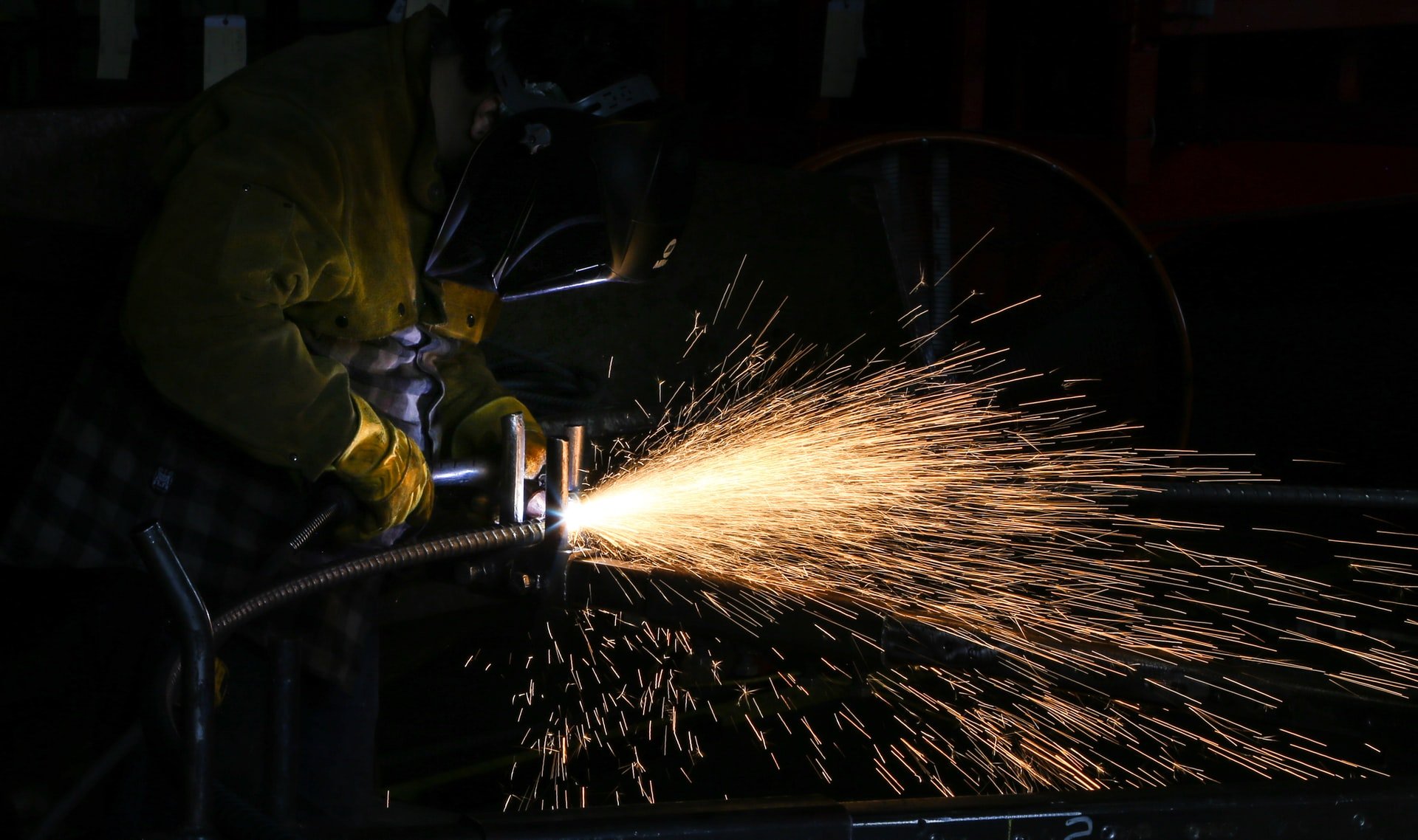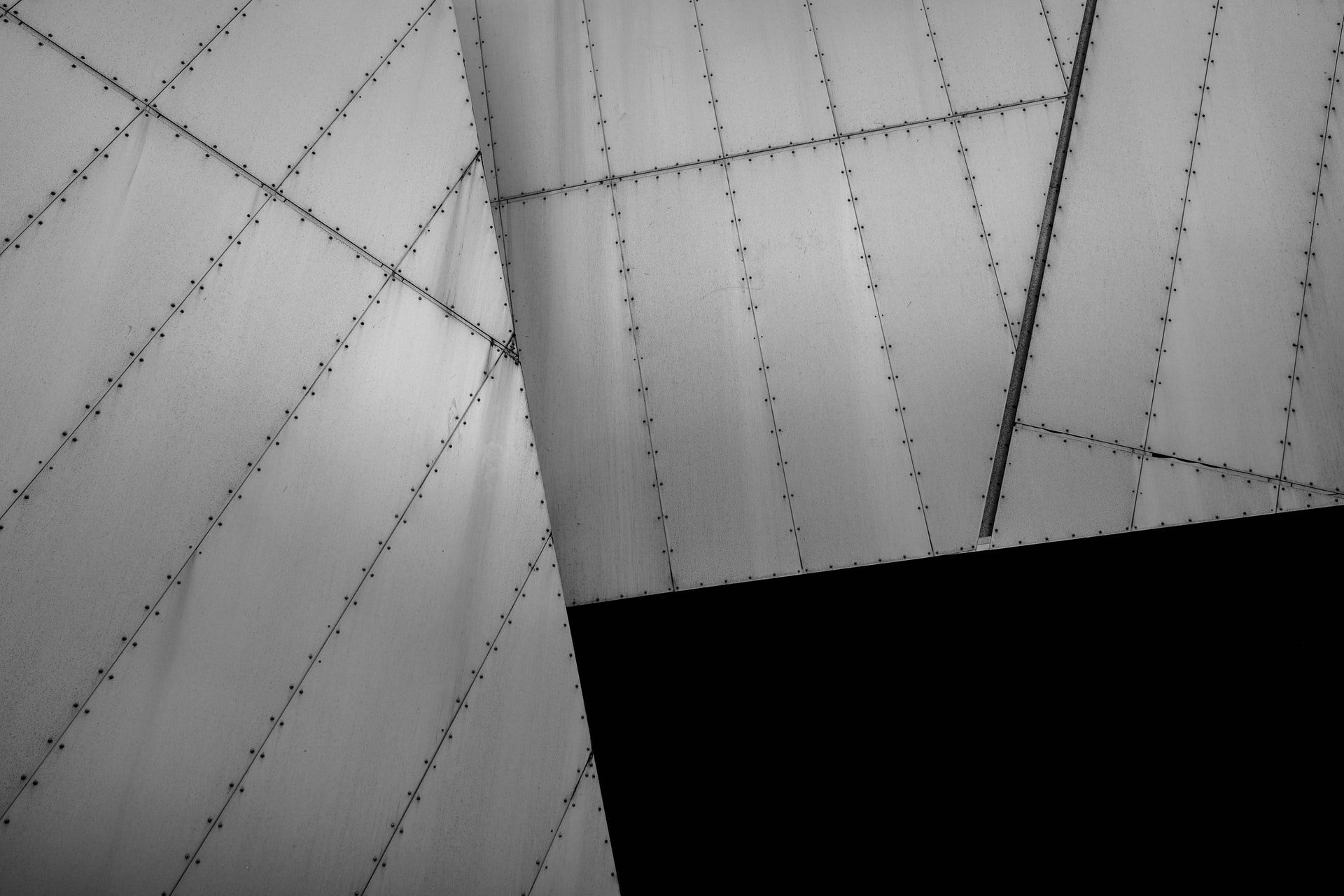
One of the early decisions that needs to be taken for any structural frame is the use of steel or reinforced concrete. This has a long-term effect on the project, including cost and durability. Your choice has an overall impact on different aspects of building design, and its performance. Many businesses comparing structural steel vs reinforced concrete find that steel is a more cost-effective solution compared to concrete. But is cost the only factor when working on construction or civil engineering projects? The answer is definitely “No”. We cannot simply make a decision on the basis of cost only. So in this article, we will try to compare them in terms of different aspects of construction with a focus on safety and strength.
Cost
When it comes to cost then structural steel has a slight edge over reinforced concrete. Structural steelwork represents only 20% of overall steelwork used in construction, and this is the main reason why steelwork is much cheaper compared to reinforced concrete. The price of construction material has grown overall but the impact of this growth is more on concrete (by mass) than steel.
Availability Of Material
There has recently been an issue with the availability of concreate materials, especially cement. The reason for this is shipping delays and higher rates of transport for raw material imports. Steel has not so far been affected by this trend, with a reliable supply of steel available at low prices from Chinese manufacturers.
Project Schedule
When we talk about structural steel vs reinforced concrete in terms of construction timing, concrete has a slight edge. It is said that building with concrete can be double the speed compared to a steel structure. But there are different views in support of structural steel as well. Many businesses prefer working with steel due to its versatility, strength and ease of construction.
Which Is Stronger?
The most important questions that need to be answered are which is stronger, and which is safer. Until recently, industry consensus said that concrete is safer. There are some reasons for this. In concrete construction, the core parts of the building are encased by 2-foot thick concrete. This is done to protect the building against fire or any potential attack. The core part of the building contains the elevator, stairs, emergency escape and power systems.
In case of fire or explosion, there is a possibility that the steel might melt after some point. This is one drawback that experts point out in case of structural steelwork. However, the use of fire protection insulation, and spray treatment with flame retardant coatings might safeguard steel against fire or explosion.
There is strong evidence in favour of steel in terms of strength. When used in conjunction with good engineering principles, structural steel can be used to create buildings that easily equal any raised in concrete.
Here is a summary of the comparative advantages and disadvantages of structural steel and reinforced concrete.
Reinforced Concrete Pros
- Better fire-proof quality than steel, wood or brick.
- Can take any shape with the right moulding.
- Cost effective construction material when it comes to certain structures like dams, footings, and piers.
Cons
- Comparatively expensive.
- When compared to steel it has low compressive strength.
- Requires mixing, casting and curing. This might result in a change in the final strength of the concrete.
Pros Of Structural Steel
- Cost effective in terms of materials and labour.
- They are considered as the future of construction, with many innovations improving the quality and versatility of steel year on year.
- Useful for construction of offices and commercial buildings.
- Easily available at competitive prices.
- Space can be optimised
Cons
- Not all builders are used to this material and it requires special tools to operate.
- Structural steel components are prone to fire damage compared to concrete.
- During winter the steel structures get cold easily and this might affect people working or living inside it. (This negative can be counteracted with the appropriate coatings and insulation.)
As experienced structural and architectural steel fabricators, we are well placed to advise you on whether steel or reinforced concrete is the best decision for your application. Discuss your project with one of our team by calling 01945 464637. For more information about materials engineering, compliance and other factors surrounding steel fabrication, please download our free e-book: How To Ensure Quality, Compliance & Lead Time When Working With Steel Fabrication Companies. Click here to claim your copy.

